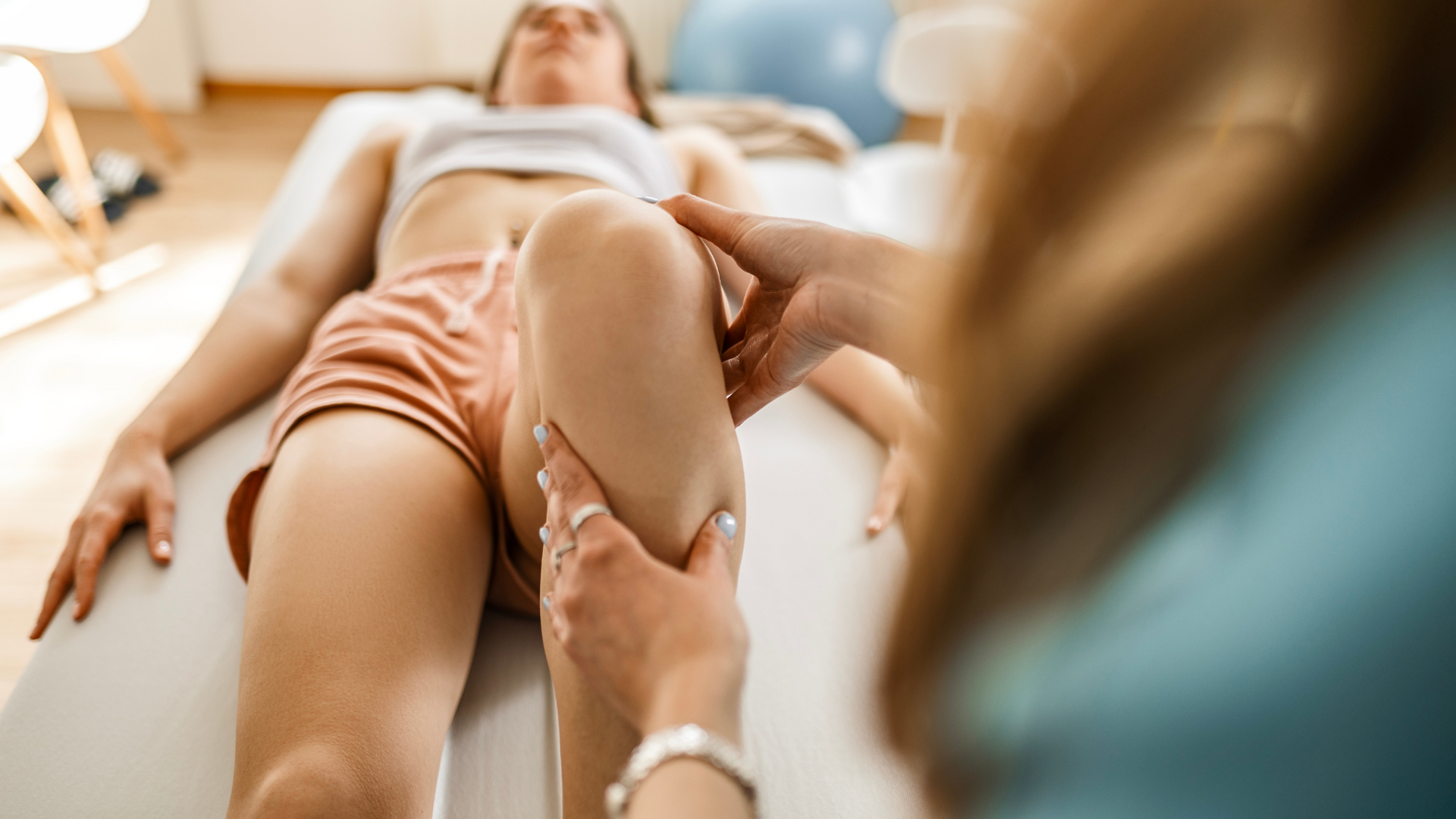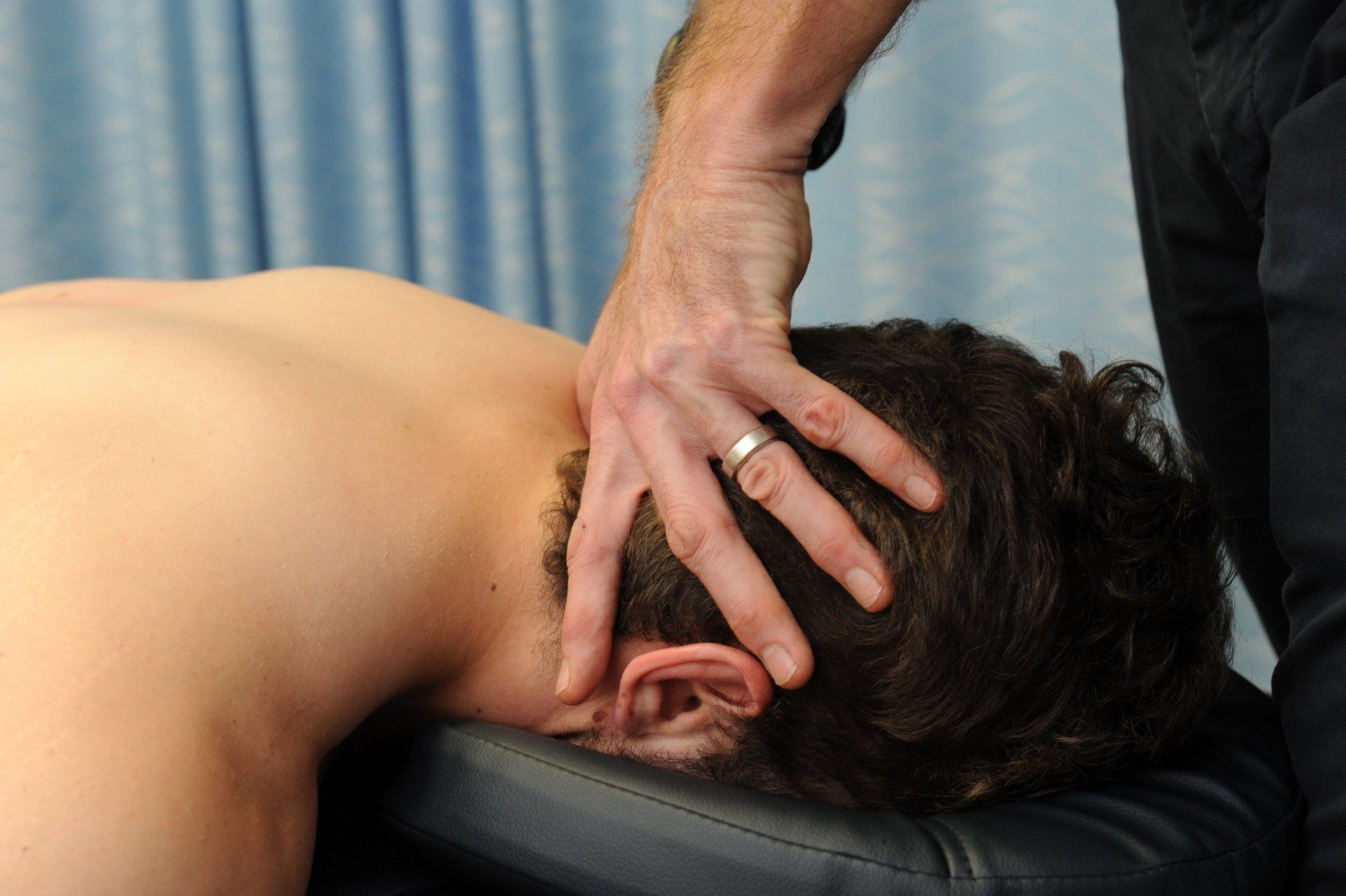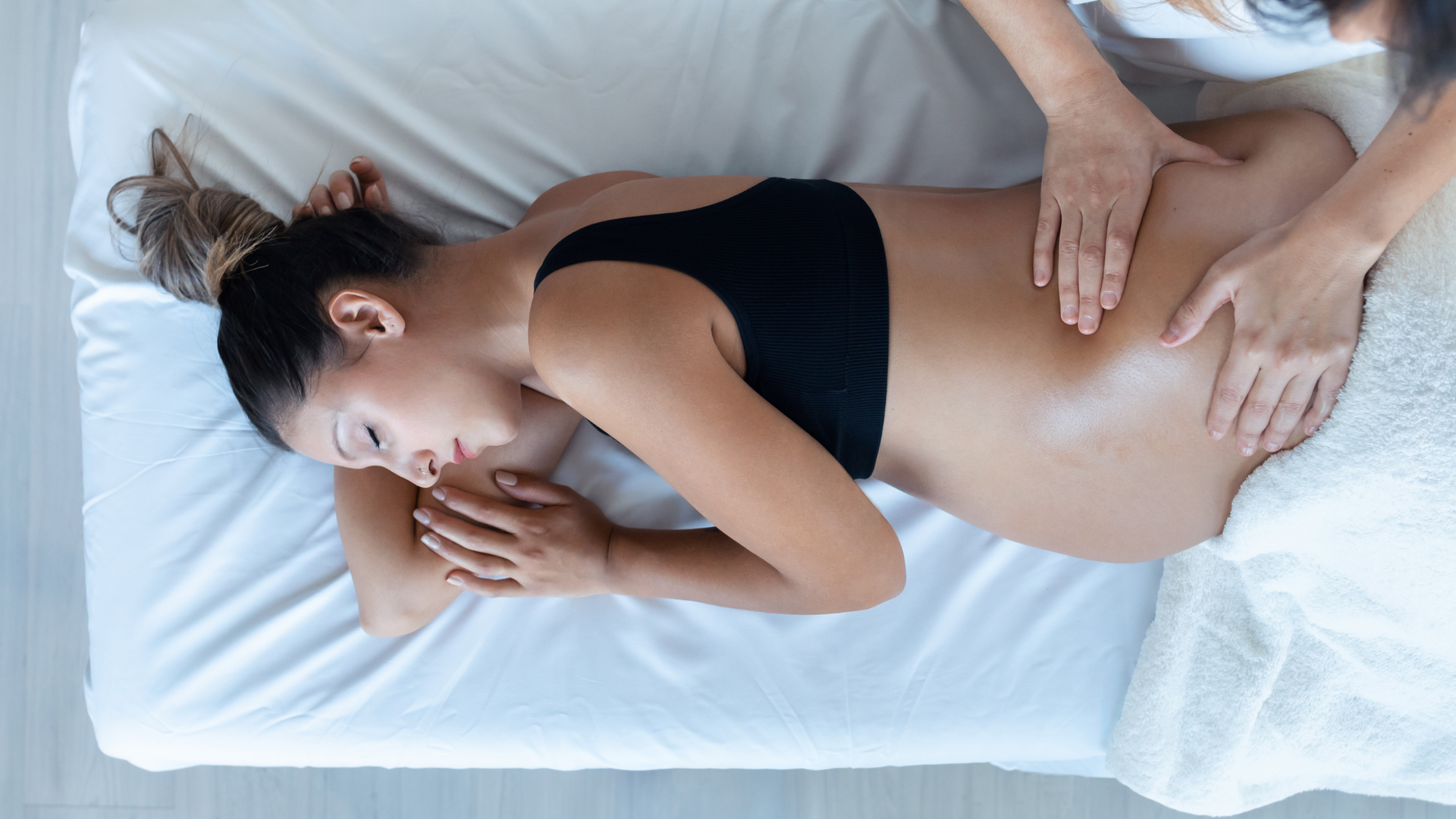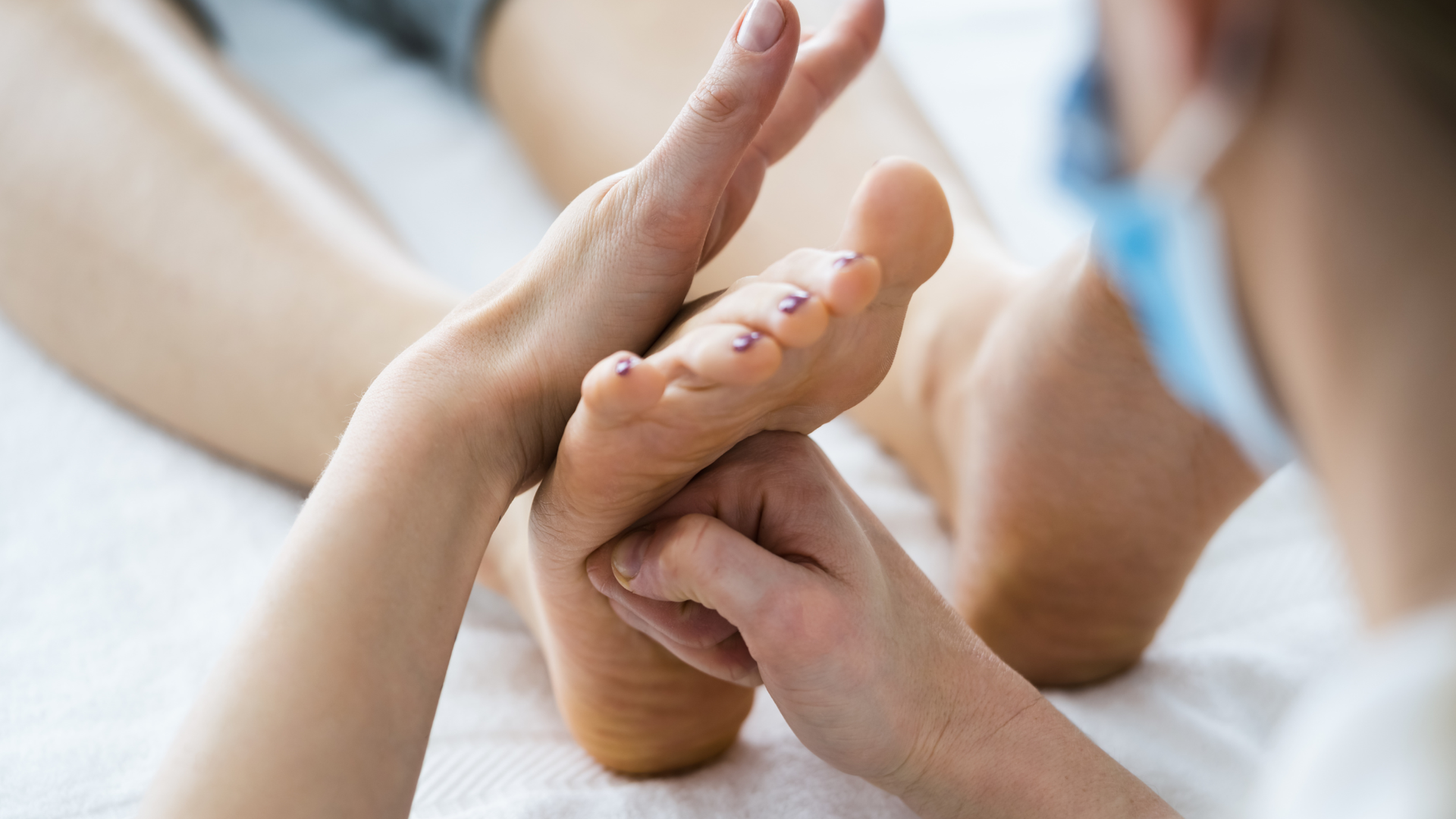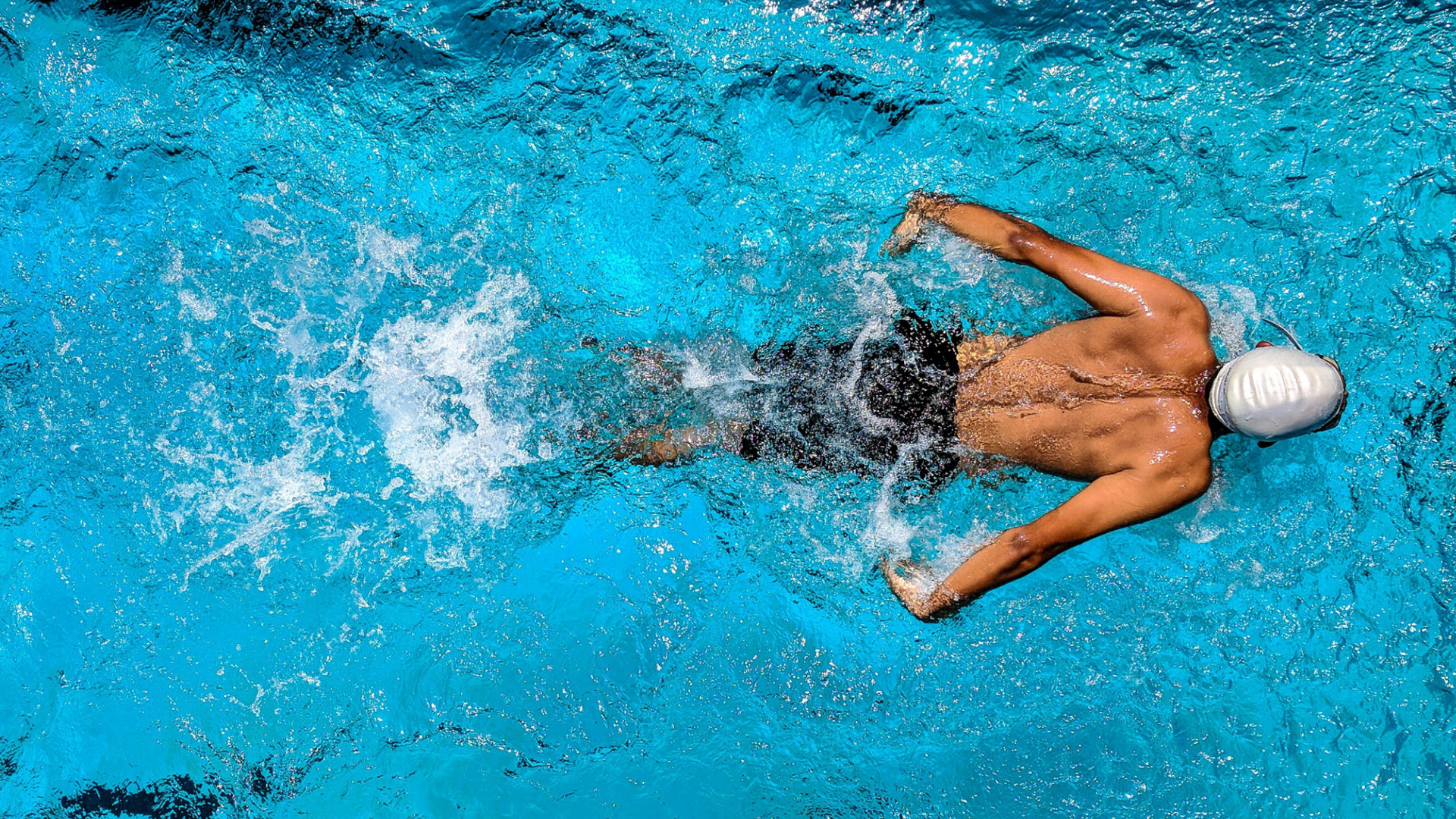The Achilles Tendon
Don't let Achilles pain become your "Achilles Heel".

The Achilles (uh-ki-leez) tendon is the largest tendon in the human body, and a crucial part of many everyday activities including walking, running, and jumping. Its size develops from exposure to high levels of stress and load from very early life. It’s these same stressors though, and its superficial position, that make it susceptible to injury, particularly amongst athletes and active individuals.
Named after the ancient Greek warrior Achilles, or Achilleus, The Achilles Tendon is a strong fibrous cord that connects two muscles, the soleus and gastrocnemius, to the heel. The shared tendon is about the size of your little finger and can be easily palpated at the back of the ankle.
TOP TIP: Don’t rely on generic exercise programs and treatment remedies to manage Achilles tendon pain. This is a complex area that needs an individualized management plan from your physiotherapist to get better. Read on to find out why.
Nuts and Bolts
The Achilles tendon is a complex structure. Starting as a broad, flat tendon, the two parts (soleus and gastroc) blend together and wind through 90 degrees over their course before inserting into the heel. Along the way, the tendon of another small muscle, plantaris, also blends with the Achilles tendon.
Because if it’s exposed position and the enormous forces it has to deal with, the Achilles has a number of other important physiological structures in the region, including a sheath to cover the tendon and several bursa to protect it from the bone underneath and allow friction free movement. When the soleus, gastrocnemius and plantaris contract, force is translated from the muscle fibers to the heel via the Achilles tendon. This produces plantar flexion of the foot – essentially pointing of the toes or, if we are in standing, lifting of the heel off the ground.
This little system produces 93% of plantar flexion force, thus, it’s importance in activities like walking, running, and jumping.
Risk Factors and Injury Prevention
A few factors can impact risk for developing an Achilles tendon injury. Athletes, particularly those in running and jumping sports, have a higher risk of both acute and overuse injuries. Most individuals are active and involved in recreational or competitive sports. Middle- and long-distance runners, basketball, soccer, tennis and wrestling all have high incidence rates of Achilles tendon injuries.
Males have a significantly greater risk (some studies indicate that up to 89% of Achilles tendon issues present in males), while older people with diabetes are more susceptible to chronic injuries. In children, particularly those aged under 14, Achilles tendon issues tend to occur where the tendon inserts into the heel, known as calcaneal apophysitis or Sever’s Disease.
Other factors that contribute to Achilles tendon issues include ill-fitting footwear, time away from sport (eg. Due to illness or other commitments) and exposure to sudden acceleration and deceleration forces.
Injury prevention relies on identifying risk factors, managing load exposure, and grading return to activities, including work. Identifying risk factors can reduce injury risk, reducing time lost to injury and reducing the economic burden on workplaces and health care systems.
Symptoms of Achilles tendon injuries
Like many tendons, the Achilles is susceptible to injury from overuse or and/or acute mechanisms. It has an injury incidence of 1.85 per 1000 people in the general population, increasing to nearly 1 in 10 in top-level runners. Most of these injuries are classified as tendinopathies, with Achilles tendon rupture representing only 3% of all Achilles tendon injuries.
Overuse Injuries
Achilles tendinopathy. Accounting for 55-65% of Achilles tendon injuries, these are especially common in athletes who participate in sports that require a lot of running and jumping. They are characterized by morning pain and stiffness in the middle and lower portion of the tendon. Ankle range of motion is often restricted. Read more about Achilles tendinopathy here.
Retrocalcaneal bursitis. Affecting the bursa that lies between the tendon and the bone of the ankle, this injury accounts for 25-35% of overuse injuries. It is characterized by pain at the back of the heel, particularly with activities that load the calf, and swelling. Read more about retrocalcaneal bursitis here.
Insertional tendinopathy. This is a distinct injury that can be difficult to differentiate from retrocalcaneal bursitis. It is felt low down on the Achilles, right on the heel bone, and behaves like Achilles tendinopathy (sore and stiff in the morning, restricted movement). In kids it’s known as Sever’s disease. Read more about insertional tendinopathy here and Sever’s disease here.
Acute Injuries
Tendon Rupture. Achilles tendon rupture usually results from exposure to a sudden, high-level force or load. In some older athletes, if there has been a history of tendinopathy or there are chronic changes in the tendon, the load required to produce a partial or complete rupture may be much lower. Achilles tendon ruptures are a significant injury and require expert medical input. Read more about Achilles tendon injuries and their management here.
Management of Achilles tendon injuries
Management is dependent on a clear diagnosis and understanding of the stage of disease. Management varies greatly and is impacted by the location, duration of symptoms and severity of symptoms. Physiotherapists are well placed to assess and diagnose different Achilles tendon problems, and have the knowledge to determine what stage the injury is in and how best to manage recovery. For management of specific Achilles tendon issues, follow the links above or grab an appointment with one of our physio’s.
Mild Achilles tendon injuries can be managed effectively by modifying load, undertaking appropriate exercise therapy, and grading return to activity. More severe presentations may require periods of immobilisation, greater care with loading and, in the case of tendon rupture or recalcitrant tendinopathy, surgical intervention.
Steroid injections provide good short-term pain relief however randomized controlled trials have shown that at 6 and 12 month follow up the outcomes are worse than a wait-and-see approach or physiotherapy.
Physio’s can determine the cause of most Achilles tendon problems, refer for medical imaging or to a GP if indicated, and provide essential education on injury prevention and rehabilitation to prevent future problems. Your doctor may prescribe oral non-steroidal anti-inflammatories. There is conflicting evidence for the effectiveness of these, and it may depend on the phase of the injury. Your doctor or physiotherapist can discuss this with you, as well as general lifestyle modifications, as part of a multidisciplinary approach.
For many people, physiotherapy-led education and guidance on load management are all that’s required. In fact, some studies have shown that 83%-90% of people have significant improvement with a wait-and-see approach. However, up to 33% of people experience symptoms lasting greater than 12 months and many people report recurrent symptoms following the initial episode. So be patient, stay in touch with your physiotherapist, and be diligent with your rehab program.
The Take Home
Achilles tendon injuries are complex, multi-factorial problems that can significantly impact participation in daily living and sports. With a thorough assessment, individualised treatment plan and careful management, most people can recover fully from most Achilles tendon problems. If you are experiencing Achilles Tendon pain or have been diagnosed with an Achilles tendon injury, it is important to consult a healthcare professional, such as a physiotherapist, who can access your condition and develop a personalised treatment plan.
And don’t rely on generic programs - Seek help from a physiotherapist and don’t let that injury become your “Achilles heel”.
Do you have Achilles tendon pain? Give us a call now.
At Movement for Life Physiotherapy, we can assess and diagnose the cause of your Achilles tendon. With a clear diagnosis and tailored management plan, we'll help get you back to the things you love sooner.
Give us a call now or click on BOOK AN APPOINTMENT to book online.
Sources
- Doty J, Phisitkul P, Xiao W, Cooper MT, Brigido SA. Update on Acute Achilles Tendon Injuries. Foot & Ankle Specialist. 2019;12(3):278-280. doi:10.1177/1938640019856804
- Ferguson A, Christophersen C, Elattar O, and Farber DC (2019). Achilles Tendinopathy and Associated Disorders. Foot & Ankle Orthopaedics, 4:2. https://doi.org/10.1177/2473011419838294
- Heckman DS, Gluck GS, and Parekh SG (2009). Tendon Disorders of the Foot and Ankle, Part 2. The American Journal of Sports Medicine, 37:6, 1223-1234.
- Järvinen T, Kannus P, Maffulli N & Khan K. (2005). Achilles Tendon Disorders: Etiology and Epidemiology. Foot and ankle clinics. 10. 255-66. 10.1016/j.fcl.2005.01.013.
- Johns W, Walley KC, Seedat R, Thordarson DB, Jackson B, Gonzalez T. Career Outlook and Performance of Professional Athletes After Achilles Tendon Rupture: A Systematic Review. Foot & Ankle International. 2021;42(4):495-509. doi:10.1177/1071100720969633
- Lerch TD, Schwinghammer A, Schmaranzer F, et al. Return to Sport and Patient Satisfaction at 5-Year Follow-up After Nonoperative Treatment for Acute Achilles Tendon Rupture. Foot & Ankle International. 2020;41(7):784-792. doi:10.1177/1071100720919029
- Schepsis AA, Jones H, Haas AL. (2002). Achilles Tendon Disorders in Athletes. The American Journal of Sports Medicine. 30(2):287-305. doi:10.1177/03635465020300022501
